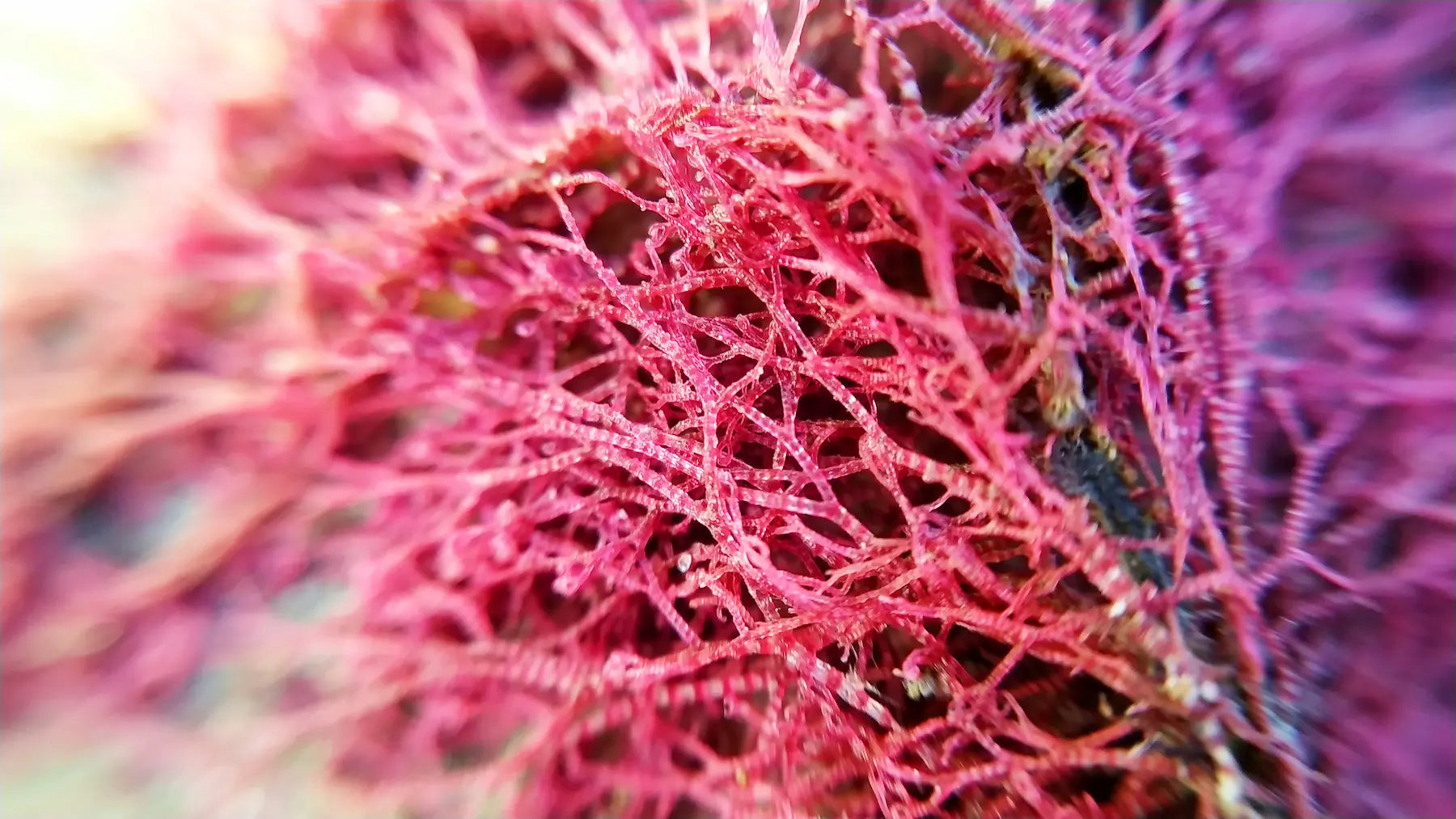You’ve likely heard that vitamin C is a nutritional powerhouse because it’s a health-promoting antioxidant. But have you heard of how astaxanthin benefits your health?
I refer to astaxanthin (pronounced as-ta-zan-thin) as a “superstar antioxidant” because it’s actually 6,000 times stronger than vitamin C in terms of its antioxidant properties!
Known to support skin health, fight inflammation, and even boost energy, astaxanthin is found naturally in shrimp, krill, and salmon. But here’s the great news: You don’t have to eat a diet full of seafood to get the health benefits of this superstar!
If you’re ready to learn more about astaxanthin and all it has to offer, keep reading to learn how astaxanthin benefits your skin from the inside-out and does so much more.

What Is Astaxanthin?
I’ve always been amazed by how salmon have the strength to swim upstream over long distances in extreme conditions, and while I was on a trip in Dutch Harbor, Alaska, I learned that the answer lies in their favorite food—a special microalgae that contains astaxanthin.
But what, exactly, is astaxanthin? Astaxanthin is a pigment-based antioxidant known as a carotenoid—and it’s rightfully known as the “king of carotenoids”—found in plants, algae, and certain fish.
The microalgae that contain astaxanthin produce a deep red pigment as a way to defend against the sun’s harmful and drying rays. Interestingly, the benefits of the impressively powerful antioxidant are then passed on to the salmon, krill, and shrimp that feed on it. (Fun fact: Even flamingos get their bright pink hue from the astaxanthin found in the krill they feed on!)
Now, because we cannot produce carotenoids, we must obtain them through our diet. Accordingly, our natural sources of astaxanthin include:
- Algae
- Yeast
- Salmon
- Trout
- Krill
- Shrimp
- Crayfish
Wild-caught salmon has some of the highest concentrations of astaxanthin, with sockeye salmon having 26 to 38 mg of astaxanthin per kg. For reference, taking as little as 3.6 mg of astaxanthin per day has been found to provide some powerful health benefits.
So, let’s look a little closer at the many ways astaxanthin benefits your health as an incredibly powerful antioxidant.
6 Amazing Ways Astaxanthin Benefits Your Health
So, what does astaxanthin do for the body? Let’s take a look at some of the top health benefits of astaxanthin.
1. Fights free radicals
As a carotenoid, astaxanthin contains strong antioxidant properties, even showing to be 300 times stronger than lutein and lycopene and 550 times stronger than vitamin E. As a result, it is known to help cool inflammation—meaning it’s considered to be a free radical scavenger.
Because research has shown that astaxanthin helps to fight free radicals, it’s believed to help prevent oxidative stress, which results in subsequent inflammation and damage, such as accelerated aging and certain health conditions.
2. Supports skin health
One of the top benefits of astaxanthin is its ability to support skin health. Skin aging and skin damage are often a result of oxidative stress. As you age and are exposed to free radicals, your skin begins to look less full and lively, and wrinkles begin to form. This is due to damage and degradation to collagen and elastin from oxidative stress.
Astaxanthin benefits for skin are incredibly unique in that it fights free-radical damage that occurs from both internal and external factors. It helps protect skin from UV exposure and cool inflammation linked to certain skin disorders. Studies show it is 100 times more effective than lutein and beta-carotene against UVA-induced oxidative stress.
Other research shows astaxanthin reduces wrinkles, supports collagen synthesis, elasticity, skin texture, and moisture content.
3. Supports brain health
The central nervous system is highly susceptible to oxidative stress and inflammation due to its high metabolic rate. Astaxanthin helps cool inflammation in the brain and may reduce cognitive decline. Because it crosses the blood-brain barrier, it can directly benefit brain health and aid nerve cell regeneration and recovery after injury.
4. Promotes eye health
Astaxanthin benefits for eyes include helping protect the retina from UV damage, reducing inflammation, and preventing oxidative stress. Studies have shown improvements in visual acuity and function, and reductions in eye strain and fatigue.
5. Supports cardiovascular health
Research shows astaxanthin may support healthy cholesterol, triglyceride, and blood pressure levels through its antioxidant effects. It may also reduce nitric oxide end products, benefiting overall heart health.
6. Supports immune health
Astaxanthin can modulate immune response, influencing key biomarkers and helping prevent overproduction of cytokines, which supports immune balance during cold and flu season.
The Best Astaxanthin Supplement
Astaxanthin is fat-soluble, meaning it’s best absorbed with fat or oil. Taking it with high-fat foods like chia seeds, flaxseed, fish oil, or nuts can improve bioavailability.
When choosing a supplement, look for natural sources from Haematococcus pluvialis algae rather than synthetic forms, as they provide greater antioxidant potential. The recommended daily dose is 2–4 mg, though higher doses may support specific health goals.
NAOMI Astaxanthin features an extra-strength 12 mg dose of pure, organic astaxanthin to support the wide array of health benefits this powerful antioxidant has to offer.
Top Astaxanthin Foods
It’s difficult to get therapeutic doses of astaxanthin from food alone unless you eat wild-caught salmon daily. Still, top food sources include wild sockeye salmon, red trout, crab, shrimp, and krill oil.
Wild fish have higher levels than farmed, and wild salmon’s bright color reflects this. For a delicious recipe, try this Asparagus, Pea, and Broccoli Salad with Wild Salmon.
Astaxanthin Side Effects & Precautions
Astaxanthin is generally safe and nontoxic. Research indicates its benefits outweigh any potential risks. It’s also beneficial for liver health, particularly when taken with healthy fats. However, as with any supplement, it’s best to consult your healthcare provider before use.
In Summary:
- Astaxanthin is a “superstar antioxidant” 6,000 times stronger than vitamin C.
- It supports skin health, fights inflammation, boosts energy, and is found naturally in shrimp, krill, and salmon.
- Taking a high-quality astaxanthin supplement ensures consistent, research-backed antioxidant support.





